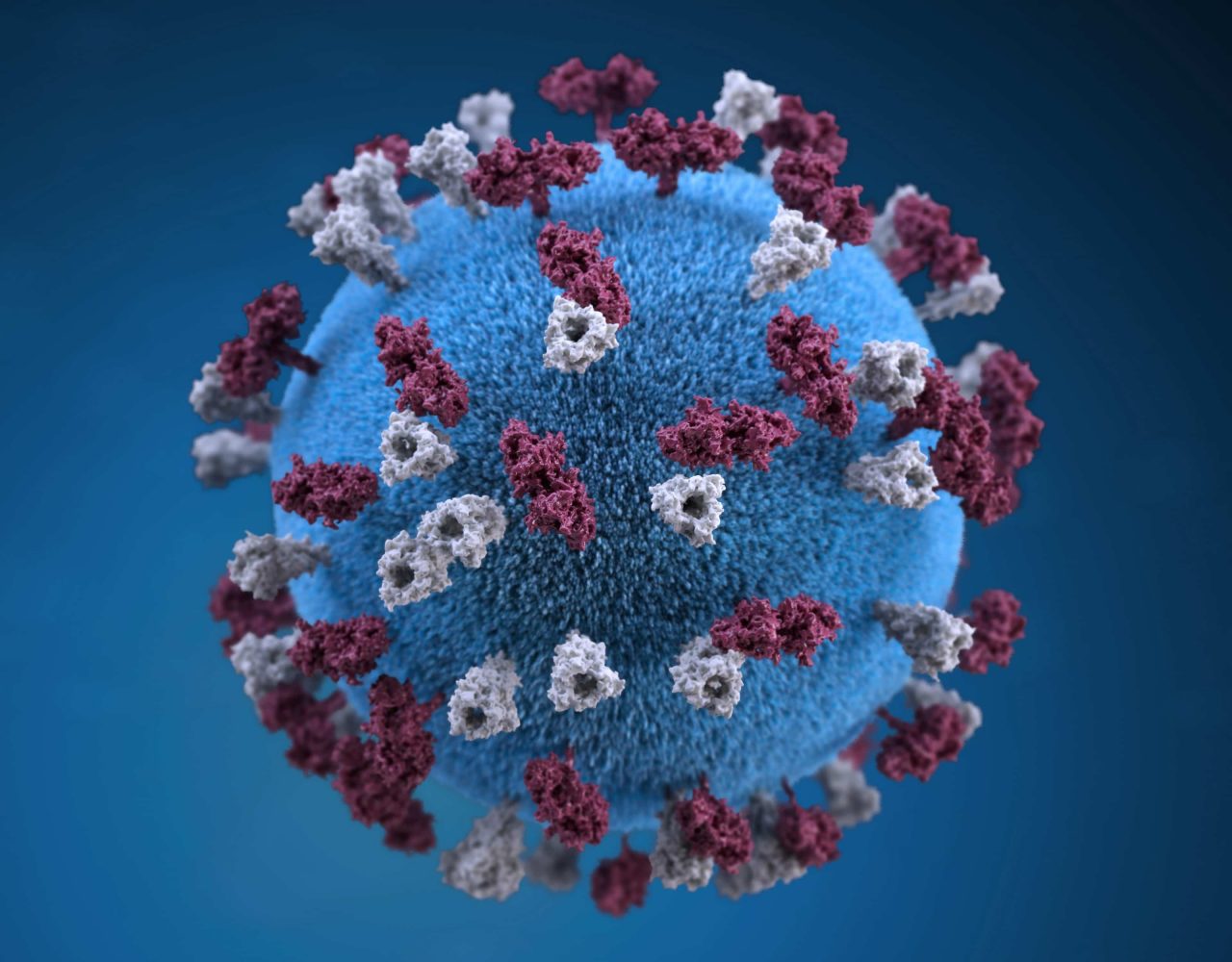While relatively little is known of COVID-19 as of this writing, what we do know should be cause for concern. According to researchers, it is still not known precisely how long COVID-19 can survive on surfaces like metal and wood.
A quick review of medical literature that spans 22 different studies, it has been found that in general, human pathogens can persist on surfaces for up to nine days.
Assuming that your home is of normal room temperature, that is more than a week of risk of possible infection from different kinds of pathogens, from measles to COVID-19.
Furthermore, it has been stated that the family of viruses where COVID-19 belongs can survive on different surfaces for 4-5 days. Surface materials include wood and aluminum.
It is just wise to practice disinfecting your wooden cutting board to ensure that pathogens like the Wuhan virus will not put your family’s health at risk. The coronavirus shows increased virulence. The Wuhan virus can quickly put the health of young children and the elderly at risk.
The Centers for Disease Control and Prevention acknowledge that all soiled surfaces must be disinfected to maintain hygiene in the home.
By surfaces, we refer to all the surfaces that touch and work this, including surfaces in the kitchen where we prepare food.
The CDC has even prepared a list of EPA pre-approved brands of disinfectants for home use. Some of the brands in the list have gone global for years, and you may be able to find and purchase them wherever you may be:
- Accel TB
- Bioesque Solutions Botanical Disinfectant Solution
- Bright Solutions
- BioSentry
- Bleach Disinfectant Cleaner (Ecolab)
- Clorox
- Dutch Plus
- Foster First Defense
- Lysol
- Optim
- Oracle
- Oxivir
- Perimo
- Peroxide Disinfectant (CERTUS/ Ecolab)
- Puracleen
- Purell
- Sanicare TXB
- Sani-24
- TB-Cide Quat
- Zep Spirit II
- Wet & Forget
- 3M Disinfectant Cleaner/Concentrate
- Virex Plus
Feel free to explore the original list, which contains many more brands being used in the US.
Using, Cleaning, and Disinfecting Your Cutting Board
Even if you are already using the best cutting board material in the world, you still need to know how to properly maintain and disinfect what could be the most critical surface in your kitchen – your cutting board. The following guidelines have been adapted from the Academy of Nutrition and Dietetics and the Washington State University (WSU Extension):
- Never use a cutting board that has been previously used and is still unwashed for any kind of food preparation. There is no ‘clean’ raw ingredient. Whether you beforehand prepared fruit or meat on a cutting board, it has to be washed before being used again.
- Ideally, cutting boards should be washed in hot, soapy water. The surface then has to be air-dried or patted dry with a clean cloth or some paper towels.
- All cutting boards save for special boards that have electronics in them, are dishwasher safe.
- The simplest way to disinfect a cutting board after washing with hot, soapy water is by preparing a chlorine solution. Simply add one tablespoon of bleach to a gallon of water.
Pour the solution on the surface of your cutting boards and let the solution work its magic on the bacteria and viruses for several minutes. You are now free to rinse your cutting boards. Let everything air-dry or feel free to pat them dry as well. - Old cutting boards that have many slice marks should be considered worn out. Discard them. It is far better to purchase new cutting boards than to use damaged or worn ones.
When a cutting board is several damaged, bits of food and human pathogens can live on the damaged surface and thrive there. You might not see them, but you can be sure they’re there. This applies most especially to cutting boards used extensively for cutting and preparing meats. - Always have at least two cutting boards at home: one for ready to eat items like bread, vegetables, and another cutting board for meat and poultry.
Some places like restaurants also have used a separate cutting board for seafood. If you consume a lot of seafood at home, this is a good idea. - To avoid confusion with your cutting boards, consider color-coding them or buy them in different colors.
If you cannot remember the last time that you purchase a cutting board for your kitchen, now might be a good time to shop for new ones. There is no need to save the old ones – throw them away to make space for the new ones. - No matter what the material of your cutting board, it should be washed thoroughly after each use.
- An earlier study from the University of Wisconsin stated that wooden cutting boards are more efficient in inhibiting bacterial growth. However, a follow-up investigation by the US FDA showed that bacteria can still get into the tiny cracks on a wooden cutting board, and this can cause food contamination if a board is not washed thoroughly.
- BPA-free, plastic cutting boards are easier to clean because the surface is solid and does not possess the natural, semi-permeable surface of wooden cutting boards. However, plastic cutting boards can be hotbeds of human pathogens if not cleaned. Essentially, no matter what kind of cutting board you are using, you need to keep it clean and disinfected at all times.
Other Kinds of Disinfectants
If bleach is not available and you need to disinfect your cutting board, you may opt to use the following alternative disinfecting agents instead:
- Vinegar
- Salt
- Hydrogen peroxide
- Baking soda
- Lemons or fresh lemon juice
Except for hydrogen peroxide, these are all very traditional disinfecting agents that hold their own against commercial bleach. A fresh lemon half, when scrubbing on any surface, can kill bacteria and viruses naturally.

